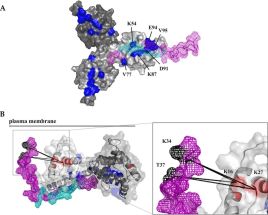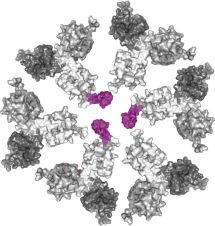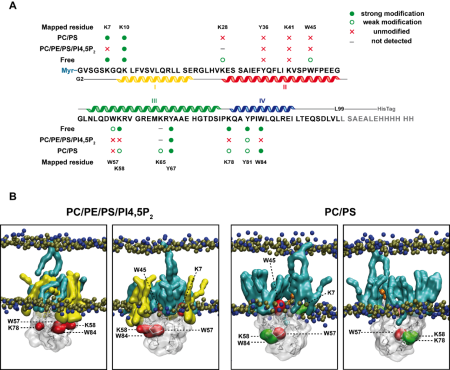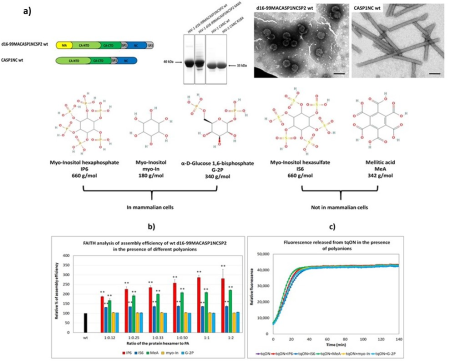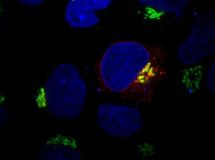Rozpad retrovirového core po vstupu do hostitelské buňky je oblastí velkého vědeckého zájmu. Nedávné zjištění, že intaktní kapsida HIV-1 prostupuje jadernými póry do jádra infikovaných buněk, vrhlo na tento proces zcela nové světlo. Kombinací analýzy cryoEM, MS a iCLIP zkoumáme několik aspektů procesu disociace retrovirového core, včetně zapojení hostitelských kofaktorů.
Zajímá nás také maturace, neboli štěpení retrovirového strukturního polyproteinu Gag, jejíž přesný postup je zcela kritický pro správné vytvoření zralé, plně infekční virové částice. Věnujeme se jednak poslednímu kroku maturace HIV-1, tedy odštěpení krátkého peptidu (SP1) z C-konce kapsidového proteinu (CA). Tento krok je inhibován maturačními inhibitory, jejichž nové deriváty testujeme kombinací buněčných a in vitro metod. Další oblastí našeho zájmu je také první krok samotné maturace Mason-Pfizerova opičího viru (M-PMV) a s ním spojené strukturní změny, které tento proces reorganizace retrovirové částice doprovázejí. Naše nová strukturní data ukázují, že interakce matrixové domény (MA) M-PMV s plazmatickou membránou vedou k expozici kotranslačně připojeného myristoylu, a tato změna konformace následně významně ovlivňuje počáteční krok maturace, a může tak představovat kontrolní prvek v sekvenčním štěpení polyproteinu Gag.
